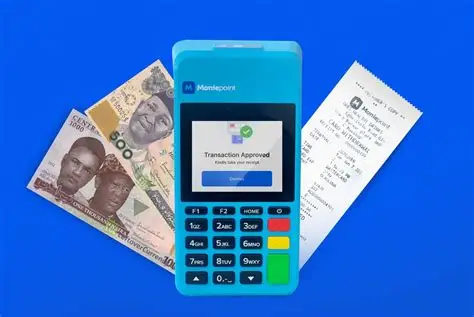By Tolu Ogunlesi
Project Lighthouse is a data-mining initiative by the Federal Ministry of Finance, that deploys artificial intelligence (AI) and big data analytics to collate/aggregate, warehouse and analyze financial information about individual and corporate taxpayers in Nigeria.
What it does is to collect data from multiple sources, and use the data to build robust profiles of taxpayers, which helps achieve more efficient tax assessment and improved government revenue collection. So it’s easy to match or compare incomes and assets on the one hand with tax declarations on the other hand, and flag any discrepancies. The data collected comes from sources such as the following: GIFMIS AND REMITA system, first (Tax Payers Bio-Data & Remittance Data), Land Registry data (Land Owners), CAC (Registered Companies, their respective Directors and Shares, Business Name & Lists of Properties), NAICOM (Registered Insurance Companies, their respective Directors and Shares), NCAA (Registered Private Jet) and FMF (Duty Waivers & Fiscal Incentives).
At the heart of Project Lighthouse is a ’Taxpayer Profiling Engine’, which has been integrated with key data-holding government agencies and other information sources. Project Lighthouse was developed as a successor project to the Voluntary Assets and Income Declaration Scheme (VAIDS), which ended on 30th June 2018. Now, here’s something even more interesting. Because of the volume/scale of data, it is able to assemble and analyse, Project Lighthouse has ended up being useful for much more than tax assessments. The intelligence it provides — on incomes, assets, and taxes paid or unpaid — has become very useful on a much wider scale.

One vital usefulness is that it has helped the FGN aggregate/assemble evidence of more than 5 trillion Naira worth of debts owed by third parties. So far, according to the Ministry of Finance, it has been able to recover 49.7 billion Naira of this amount, and other recoveries are ongoing. A bit of explanation on what used to happen prior to the deployment of Project Lighthouse: It was very possible for a contractor to bid for, collect, execute and get fully paid on a government contract, while it was simultaneously owing to the Federal Government taxes or other debts. The absence of the kind of centralized information that Lighthouse is able to aggregate and analyze meant that it was very possible for the above scenario to occur.
Now, with Lighthouse, it has become difficult, if not impossible, for any individual or company to get away with receiving payments from the FGN (or any of its MDAs), whilst owing the same FGN (or any of its MDAs) — without being flagged. Now, individuals or companies doing business with any government MDA will have to clear any outstanding debts or tax arrears before they’re able to receive any payments from any other government MDAs.













